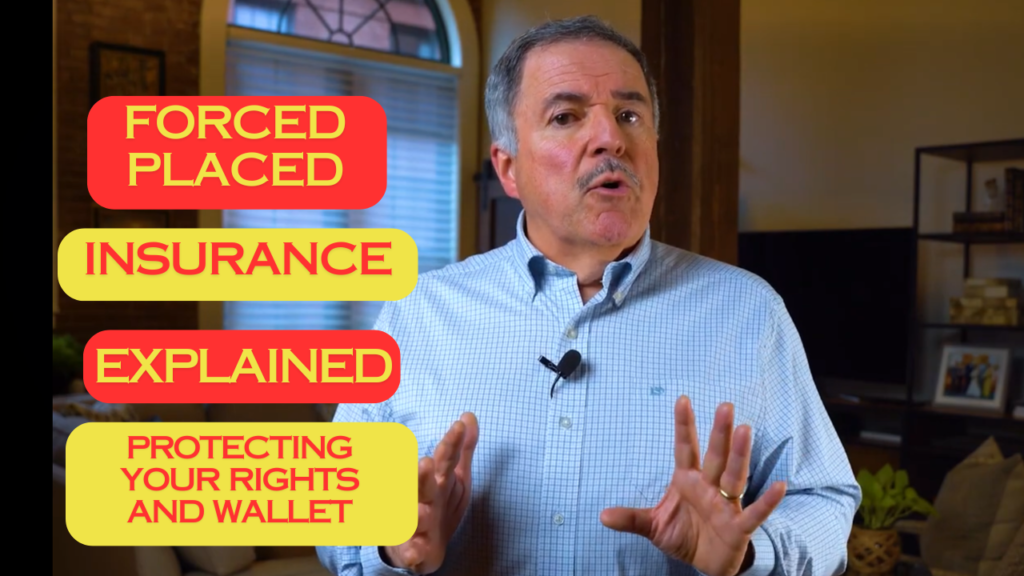Forced Lender Placed Insurance Explained: Protecting Your Rights and Wallet | Blog | Vargas & Vargas Insurance

Understanding Forced Place Insurance
Forced place insurance, also known as lender-placed insurance, embodies a pivotal yet often misunderstood element in the realm of homeownership and mortgage agreements. It arises when a lender procures an insurance policy on behalf of a borrower due to the borrower’s insurance being canceled, lapsing, or deemed inadequate by the lender. This mechanism safeguards the lender’s financial interest in the property, albeit at the cost of potentially higher expenses and reduced coverage for the homeowner. Grasping the intricacies of forced place insurance is crucial for homeowners aiming to circumvent undue costs and retain autonomy over their insurance choices.
The Activation of Forced Place Insurance
The activation of forced place insurance occurs when a homeowner’s insurance fails to satisfy the stipulations of their mortgage contract. This failure can manifest through policy lapses, non-renewals, or non-compliance with lender-specified criteria. Insurance serves as a safety net for lenders, ensuring they can recoup the outstanding mortgage balance should an insured peril damage the property.
The Cost Implications of Forced Place Insurance
A primary drawback of forced place insurance is its elevated cost compared to conventional homeowner policies. The inflated pricing reflects the increased risk borne by insurers, given that policies are selected without direct input from the insured, potentially leading to gaps in understanding the property’s specific risk profile.
Strategies to Avoid Forced Place Insurance
To elude the pitfalls of forced place insurance, homeowners should vigilantly maintain an insurance policy that aligns with their mortgage’s requirements. Proactive management of insurance requirements, timely policy renewals, and clear communication with lenders about any insurance changes are key strategies to avoid the imposition of lender-placed insurance.
Remedying Forced Place Insurance Situations
In instances where forced place insurance has been levied, prompt action is imperative. Resolving any outstanding premiums and securing a policy that meets lender criteria can swiftly rectify the situation. Providing your lender with proof of the new coverage and formally requesting the cessation of the forced place insurance are critical steps towards reinstatement of preferred insurance arrangements.
Selecting the Right Insurance Provider
Choosing the right insurance provider is instrumental in navigating the complexities of forced place insurance. A proficient and experienced insurance broker can guide homeowners to a policy that not only fulfills lender requirements but also suits personal budget and coverage needs. Staying informed through a reliable broker can safeguard against regulatory changes and ensure continuous, adequate property protection.
For personalized assistance and expert advice on avoiding or resolving forced place insurance, consider reaching out to Vargas & Vargas Insurance, your local independent insurance broker. With a deep understanding of the intricacies of homeowner’s insurance and forced place insurance, Vargas & Vargas can provide the guidance and support you need. Contact them at 617-298-0655 for more information and assistance tailored to your unique situation.
Conclusion: Navigating Forced Place Insurance
In summation, the avoidance of forced place insurance is achievable through diligent maintenance of appropriate homeowner’s insurance. In cases where lender-placed insurance becomes a reality, taking swift and informed action is essential. A deep understanding of forced place insurance and proactive insurance management can shield homeowners from unnecessary financial strain and guarantee the adequacy of their property’s coverage. Engaging with a trusted insurance broker like Vargas & Vargas Insurance is vital for effectively navigating these scenarios.


